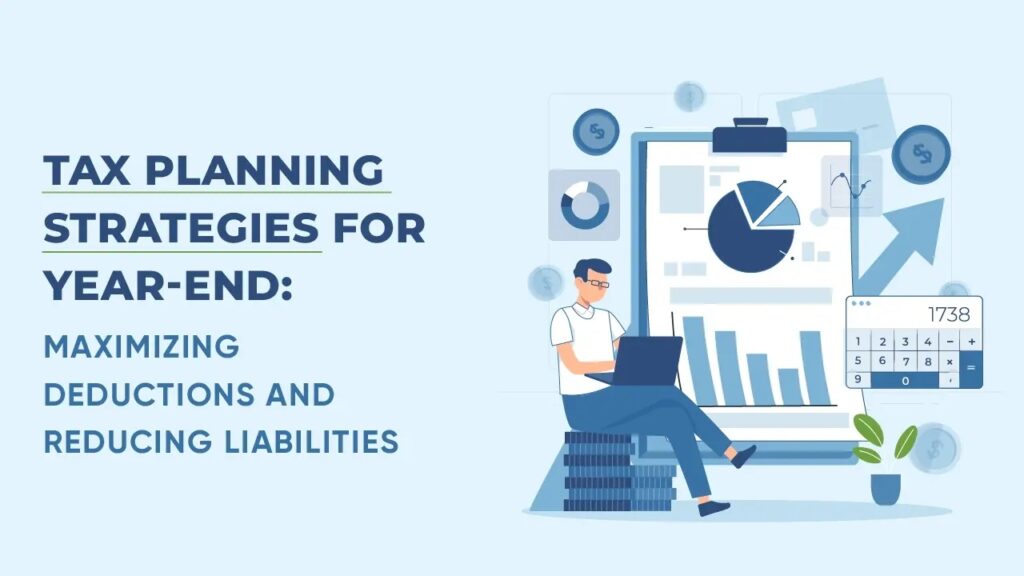The healthcare industry is on the brink of a Generative AI (GenAI) revolution, with 2025 poised to be a landmark year for AI-driven diagnostics and personalized medicine. From early disease detection to tailored treatment plans, AI is transforming patient care at an unprecedented pace.
By 2025, the global AI healthcare market is projected to reach $36.1 billion, driven by advancements in machine learning, natural language processing (NLP), and predictive analytics. This article explores how Generative AI is reshaping diagnostics, drug discovery, and patient outcomes, along with key challenges and future trends.
1. The Rise of Generative AI in Healthcare
Generative AI goes beyond traditional AI by creating new data, predicting outcomes, and simulating complex biological processes. Unlike rule-based systems, it learns from vast datasets to generate insights, images, and even molecular structures.
Why 2025 is a Turning Point:
✔ FDA-approved AI diagnostics are becoming mainstream.
✔ AI-powered precision medicine is moving from labs to clinics.
✔ Generative drug discovery is cutting development time from 10 years to 2-3 years.
✔ Virtual health assistants are providing 24/7 patient monitoring.
A McKinsey report estimates that AI could save the healthcare industry $150 billion annually by 2025 through improved efficiency and reduced errors.
2. AI in Medical Diagnostics: Faster, More Accurate Detection
Diagnostic errors affect 12 million Americans annually, but AI is reducing misdiagnoses by 30-40%.
How AI is Revolutionizing Diagnostics in 2025:
A. Medical Imaging Analysis
- Radiology: AI detects tumors, fractures, and anomalies in X-rays, MRIs, and CT scans with 95%+ accuracy.
- Example: Google’s DeepMind AI outperforms radiologists in detecting breast cancer.
- Pathology: AI analyzes biopsy slides to identify cancer subtypes faster than pathologists.
- Example: Paige.AI’s AI-powered pathology reduces diagnosis time by 80%.
B. Early Disease Prediction
- AI models predict Alzheimer’s, diabetes, and heart disease years before symptoms appear.
- Example: IBM Watson Health analyzes EHRs to forecast heart failure risks with 85% accuracy.
C. AI-Powered Symptom Checkers
- Chatbots like Ada Health and Buoy AI ask patients targeted questions to suggest possible conditions before visiting a doctor.
3. Personalized Medicine: AI-Driven Treatment Plans
“One-size-fits-all” medicine is fading. AI tailors treatments based on genetics, lifestyle, and biomarkers.
2025 Breakthroughs in Personalized Medicine:
A. Genomic AI Analysis
- AI deciphers DNA sequencing data to identify personalized drug responses.
- Example: Deep Genomics uses AI to design custom RNA therapies for rare diseases.
B. Drug Repurposing with AI
- AI scans existing drugs to find new uses (e.g., Baricitinib for COVID-19).
- Example: BenevolentAI identified baricitinib as a COVID-19 treatment in 48 hours.
C. AI-Designed Clinical Trials
- AI selects ideal candidates for trials, boosting success rates.
- Example: Unlearn.AI creates “digital twins” of patients to simulate drug effects.
4. Generative AI in Drug Discovery: From 10 Years to 2 Years
Traditional drug development takes 10+ years and $2.6 billion per drug. AI is slashing this timeline.
How AI Accelerates Drug Discovery in 2025:
✔ Molecule Generation: AI designs novel drug compounds (e.g., Insilico Medicine’s AI-generated molecule for fibrosis).
✔ Toxicity Prediction: AI forecasts side effects before human trials.
✔ Clinical Trial Optimization: AI predicts dosage and patient responses.
Case Study: Exscientia’s AI-designed drug for OCD entered trials in 12 months (vs. 4-5 years traditionally).
5. AI in Patient Care: Virtual Nurses & Remote Monitoring
Hospitals are overwhelmed, but AI-powered virtual assistants are easing the burden.
2025 Trends in AI-Powered Patient Care:
- AI Chatbots (e.g., Sensely, Woebot): Provide mental health support & triage.
- Wearable AI (e.g., Apple Watch, Fitbit): Detect AFib, falls, and glucose trends.
- Remote ICU Monitoring: AI predicts sepsis & cardiac arrest before they happen.
Example: Johns Hopkins’ AI “Targeted Real-Time Early Warning System” (TREWS) reduced sepsis deaths by 20%.
6. Ethical & Regulatory Challenges of AI in Healthcare
While AI offers immense potential, key challenges remain:
A. Data Privacy & Security
- HIPAA-compliant AI is critical for patient trust.
- Solution: Federated learning (AI trains on decentralized data without sharing raw records).
B. Bias in AI Models
- If trained on non-diverse datasets, AI may misdiagnose minorities.
- Solution: Auditing AI models for fairness (e.g., IBM’s Fairness 360 Toolkit).
C. FDA & Regulatory Hurdles
- The FDA has approved 522 AI medical devices (as of 2024), but explainability remains a hurdle.
7. The Future of AI in Healthcare (2025 & Beyond)
- AI Doctors: Autonomous AI could diagnose & prescribe without human input.
- Nanobot AI: Microscopic bots may deliver drugs precisely to diseased cells.
- AI-Powered Hospitals: Fully automated ERs with robot surgeons & AI triage.
Prediction: By 2030, AI could replace 80% of doctors’ diagnostic tasks (Stanford Medicine).
Conclusion: Is Healthcare Ready for AI Dominance?
Generative AI is not a futuristic concept—it’s here, and 2025 will be its breakout year. Hospitals, pharma companies, and clinicians must adapt or risk falling behind.
Key Takeaways:
✅ AI diagnostics are 30-50% more accurate than traditional methods.
✅ Personalized medicine is now possible with AI genomics & drug matching.
✅ Drug discovery is 5x faster thanks to AI-generated molecules.
✅ Virtual health assistants are reducing hospital workloads.
Next Steps for Healthcare Providers:
- Integrate AI diagnostic tools into workflows.
- Invest in AI-powered wearables & remote monitoring.
- Ensure ethical AI use with bias audits & HIPAA compliance.


